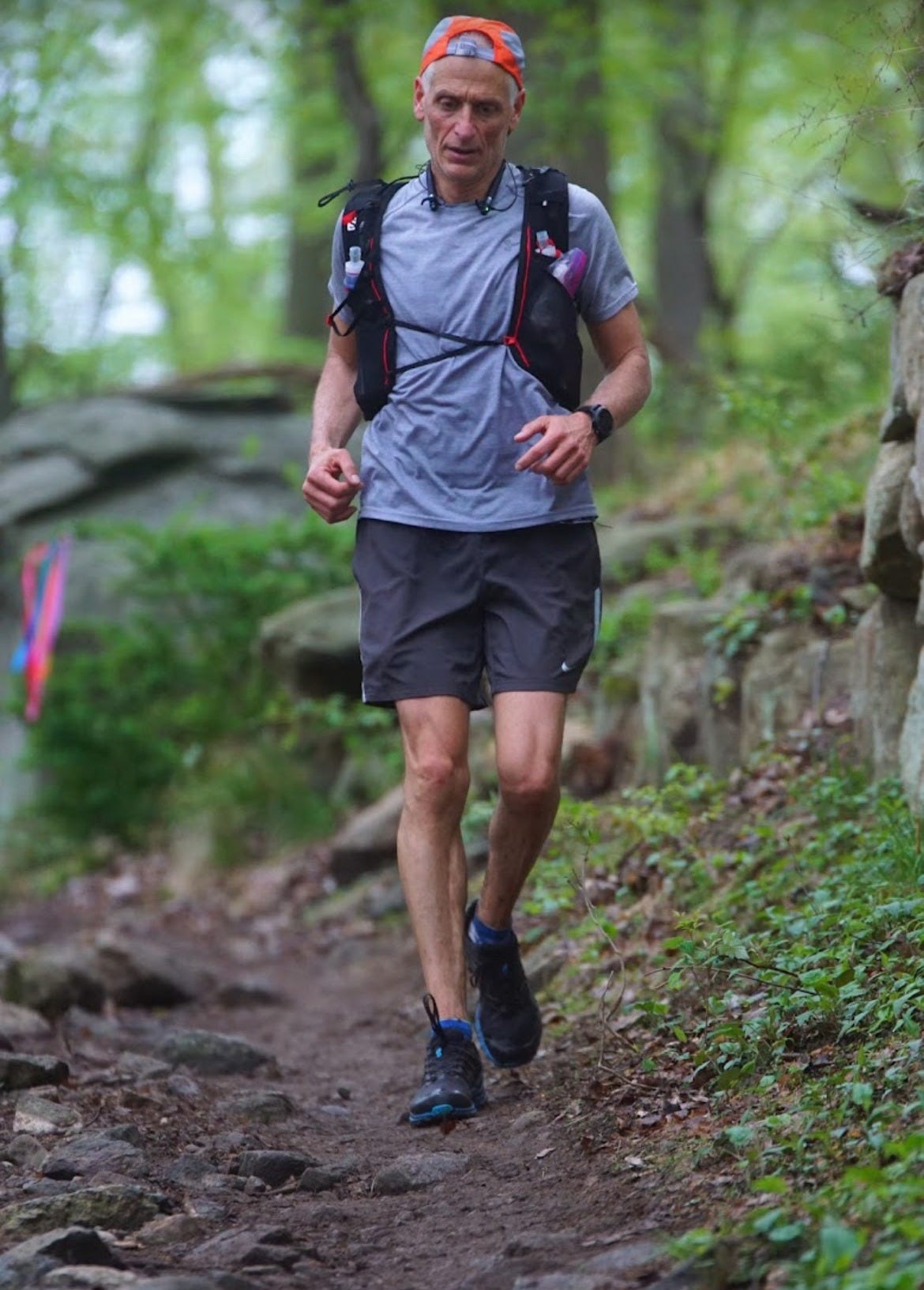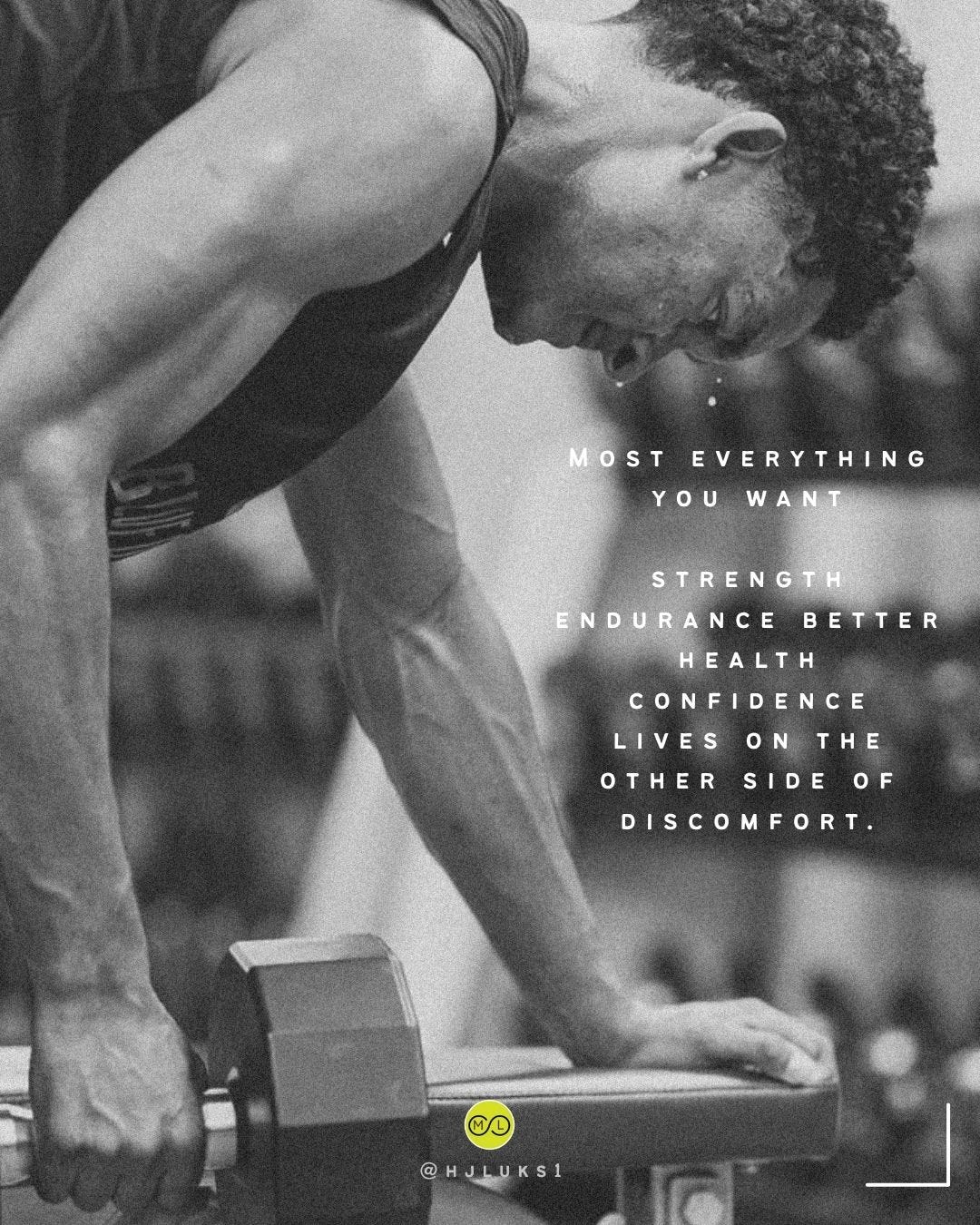Getting Comfortable With Being Uncomfortable
A deep dive into the physiological changes and adaptations that occur when we approach the edge of comfort.
When we push to a limit that the brain perceives as “dangerous,” many beneficial adaptations occur. Hundreds, yes, literally hundreds of compounds are released from our muscles that promote numerous beneficial downstream adaptations throughout the body. This internal pharmacy is more potent and protective than anything you can purchase.
Interestingly, intensity drives so many healthy adaptations, yet the brain resists it at every turn. It’s an interesting paradox. Why would the brain fight against strain that produces such dramatic healthy adaptations?
When effort rises, breathing quickens, and muscles start to burn, the brain interprets those sensations as danger. From an evolutionary perspective, it’s a survival mechanism that conserves energy and prevents harm. That made sense when food was scarce and survival depended on avoiding unnecessary exertion.
But that same circuitry now works against us. The discomfort that triggers the urge to stop is also what drives the most meaningful biological change. I further believe that the intensity level that triggers the brain's reaction is lower, and the fear many have about injury, etc, is worsening.
Intense effort releases hundreds of myokines—molecules that reduce inflammation, improve insulin sensitivity, strengthen blood vessels, and enhance brain function. It’s how the body signals growth, repair, and adaptation.
The brain evolved to keep you safe in the moment. The body evolved to adapt over time. Training teaches the two to cooperate. The more you expose yourself to controlled intensity, the more the brain learns that effort isn’t danger.
Many of the things we need to age well — strength, endurance, better health, and confidence — live on the other side of discomfort.
Not necessarily pain, not injury (the risks are lower than you think), just that familiar edge where things stop feeling easy. Your brain is not often your ally here…
Many people spend their lives avoiding discomfort. The signal is too strong and too easy to obey. As we age, most people fear it. I see them and hear from them every day in my office. They fear activity, harm, discomfort... but not the structural/biological consequences that avoiding this domain brings.
Exercise is the risk you take to avoid the consequences of being still.
They stop when the breathing gets heavy, when the muscles start to burn, when the brain whispers “enough.” But that edge is where adaptation happens. That’s where the body learns, and the mind toughens.
The brain can be taught to accept intensity. To accept discomfort.
You don’t need to chase suffering, but you do need to try to stop avoiding effort. Growth isn’t built in comfort. It’s built in the small, repeated moments when you choose to stay and work more intensively than you’re used to.
That’s why this long post is about what happens when you get comfortable being uncomfortable.
If you’ve followed my writing for a while, you know I talk a lot about the science of how movement and effort promote healing, resilience, healthy aging, and more. This isn’t just about mental toughness. The physiology of intensity runs deep. When you push into effort and approach that edge, numerous beneficial changes occur. Some are psychological, most are physiological.
For Members, I’ll dive into what’s actually happening under the hood: how the body interprets intensity, the signals it releases, and why this cascade is more potent—and more targeted—than anything you can buy in a vial. This is the fundamental biology of effort, and understanding it just might change how you approach training.
Keep reading with a 7-day free trial
Subscribe to Built to Move, Born to Heal: Notes on Midlife Fitness to keep reading this post and get 7 days of free access to the full post archives.



